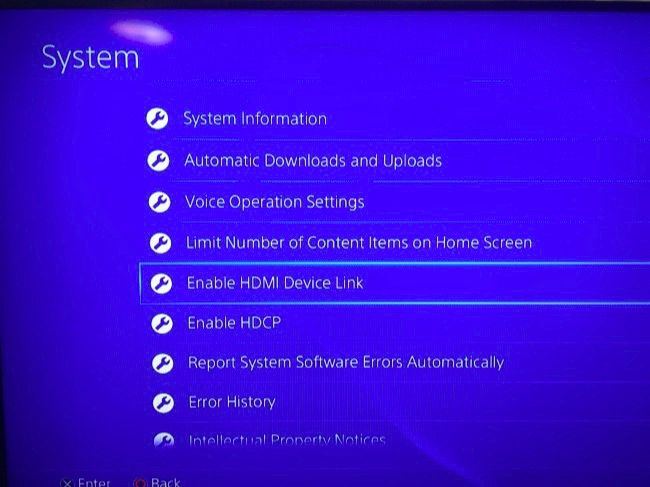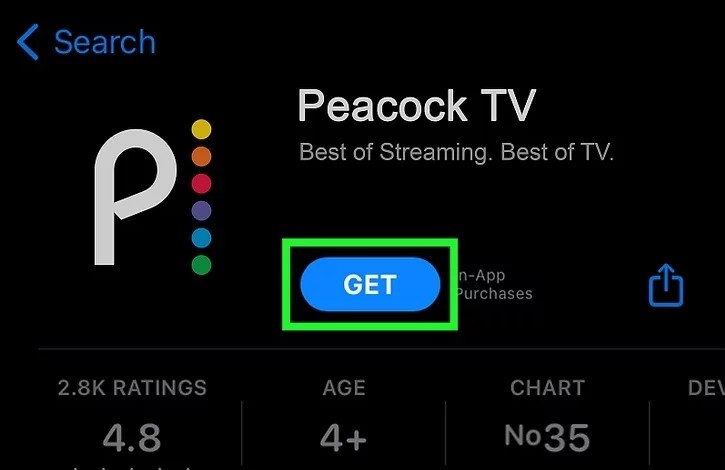Are you tired of juggling multiple remote controls for your home entertainment devices? Do you wish there was a way to streamline the control of your TV, soundbar, Blu-ray player, and other devices? Look no further than HDMI-CEC (Consumer Electronics Control), a powerful feature of the HDMI standard that allows for seamless control over compatible devices using just one remote. In this comprehensive guide, we will delve into the world of HDMI-CEC, exploring its features, benefits, and how to enable it on your devices. So let’s dive in and unlock the full potential of HDMI-CEC!
What is HDMI-CEC?
HDMI-CEC is a technology that enables connected devices to communicate with each other automatically, eliminating the need for multiple remote controls. By leveraging the CEC extension of the HDMI standard, HDMI-CEC allows you to control various devices, such as your TV, soundbar, Blu-ray player, and gaming console, with just one remote. This means you no longer have to fumble around for different remotes or remember complicated button combinations to switch between devices. With HDMI-CEC, controlling your home entertainment setup becomes a breeze.
How Does HDMI-CEC Work?
At its core, HDMI-CEC relies on the CEC feature, which stands for Consumer Electronics Control. This feature is embedded in the HDMI cables and allows devices to exchange control commands and information. When you press a button on your TV remote, for example, the command is sent to the connected devices via HDMI-CEC, instructing them to perform the desired action. This two-way communication ensures that all devices connected via HDMI-CEC work together seamlessly.
Benefits of HDMI-CEC
Simplified Control
One of the major benefits of HDMI-CEC is the simplified control it offers. Instead of juggling multiple remote controls, you can use a single remote to control all compatible devices connected to your TV. Whether you want to turn on your TV, adjust the volume on your soundbar, or navigate through the menu of your Blu-ray player, HDMI-CEC allows you to do it all with ease.
Automatic Device Synchronization
With HDMI-CEC, connected devices can synchronize their operations automatically. For example, when you turn on your Blu-ray player, HDMI-CEC can signal your TV to switch to the correct input and adjust the volume accordingly. This eliminates the need for manual adjustments and ensures a seamless and hassle-free viewing experience.
Audio System Integration
HDMI-CEC also enables integration between your TV and audio devices, such as soundbars or AV receivers. Through HDMI-CEC, you can control the volume of your audio system directly from your TV remote, eliminating the need for a separate remote control. This integration enhances the overall convenience and usability of your home entertainment setup.
Power Management
Another useful feature of HDMI-CEC is power management. When you turn off your TV, HDMI-CEC can send a command to connected devices, such as your soundbar or gaming console, instructing them to enter standby mode. This not only saves energy but also ensures that your devices are ready to use when you power on your TV again.
Which Devices Support HDMI-CEC?
HDMI-CEC is supported by a wide range of devices, including TVs, soundbars, Blu-ray players, gaming consoles, and more. However, different manufacturers have their own branding for HDMI-CEC. For example, Sony refers to it as BRAVIA Sync, Panasonic as VIERA Link, and LG as SimpLink. To determine if your device supports HDMI-CEC, check the product specifications or consult the manufacturer’s website for the specific branding used.
How to Enable HDMI-CEC
Enabling HDMI-CEC on your devices is a straightforward process. However, the exact steps may vary depending on the brand and model of your TV. Here is a general guide to help you enable HDMI-CEC:
- Check Compatibility: Ensure that your devices, such as your TV, soundbar, and Blu-ray player, are HDMI-CEC compatible. Refer to the device’s user manual or consult the manufacturer’s website for confirmation.
- Access Settings: On your TV, navigate to the settings menu. The location of the HDMI-CEC settings may vary depending on the brand and model of your TV. Look for options such as “External Device Manager,” “Device Preferences,” or “Consumer Electronic Control.”
- Enable HDMI-CEC: Once you have located the HDMI-CEC settings, toggle the feature on. Some TVs may have different levels of HDMI-CEC control, allowing you to enable or disable specific functions.
- Device-Specific Settings: For certain devices, such as soundbars or Blu-ray players, you may need to enable HDMI-CEC separately. Consult the user manual or manufacturer’s website for instructions on enabling HDMI-CEC on these devices.
- Test and Troubleshoot: After enabling HDMI-CEC, test the functionality by using your TV remote to control connected devices. If you encounter any issues, refer to the device’s user manual or contact the manufacturer’s support for troubleshooting guidance.
Common HDMI-CEC Issues and Solutions
While HDMI-CEC offers numerous benefits, it can sometimes encounter issues that may affect its functionality. Here are some common HDMI-CEC issues and their solutions:
1. Inconsistent Device Control
If you experience inconsistent device control using HDMI-CEC, such as devices not turning on or off as expected, try the following solutions:
- Check HDMI-CEC Compatibility: Ensure that all connected devices are HDMI-CEC compatible and have the feature enabled.
- Power Cycle Devices: Disconnect the power cables of all devices, including the TV, soundbar, and Blu-ray player. Wait for a few minutes, then reconnect the power cables and test the HDMI-CEC functionality.
- Update Firmware: Check for firmware updates for your TV and other connected devices. Installing the latest firmware can resolve compatibility issues and improve HDMI-CEC performance.
2. Audio Control Not Working
If you encounter issues with controlling the audio volume using HDMI-CEC, try the following solutions:
- Check Audio Device Settings: Ensure that the HDMI-CEC feature is enabled on your audio device, such as a soundbar or AV receiver. Refer to the device’s user manual or manufacturer’s website for instructions.
- Adjust TV Settings: Navigate to the audio settings on your TV and ensure that the audio output is set to the correct HDMI-CEC enabled device, such as the soundbar. Also, check if the volume control is set to control the external audio device.
- Test Alternate HDMI Port: If you have multiple HDMI ports on your TV, try connecting the audio device to a different port and test the HDMI-CEC functionality. Sometimes, certain HDMI ports may have limited CEC support.
3. Device-Specific Issues
Certain devices may have specific HDMI-CEC issues due to firmware limitations or compatibility issues. In such cases, consult the device’s user manual or contact the manufacturer’s support for assistance. They may provide firmware updates or specific instructions to resolve the issues.
Conclusion
HDMI-CEC is a game-changer in the world of home entertainment, offering seamless control and integration of multiple devices through a single remote. By enabling HDMI-CEC on your compatible devices, you can simplify your entertainment setup, enhance convenience, and unlock a whole new level of control. Whether you want to turn on your TV, adjust the volume, or switch between devices, HDMI-CEC empowers you to do it all effortlessly. So, dive into your TV’s settings, enable HDMI-CEC, and experience the future of home entertainment control!
Experiencing difficulties with your Device, check out our “How To” page on how to resolve some of these issues.







